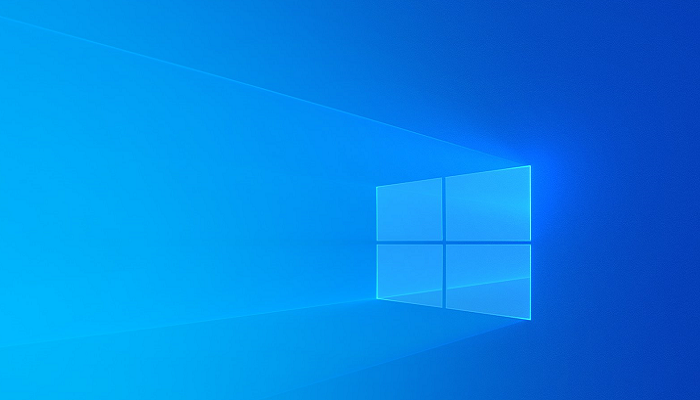End of Life of Windows 10: What You Need to Know Before Support Ends

Windows 10: What Does End of Support Mean?
Microsoft has declared that Windows 10 will be supported till 14th October 2025. This is when the O/S will stop getting security updates, fixes, and support from MS. If you are still using Windows 10 — at home or at your place of work — it’s time it started making plans to change that.
Why is Support Ending?
Microsoft typically offers 10 years of support for any version of its operating systems. Killing Off Windows 10: Microsoft Will Release No New Updates After This DateMicrosoft's stated policy is that it would stop supporting Windows 10 after a two-year span following the launch of that system, which arrived back in July 2015. End of support also means that eventually using Windows 10 will be more and more hazardous, especially as new security vulnerabilities become known.
What Are the Risks of Remaining on Windows 10?
-
Security exploits: When security patches are no longer pushed out to devices, those systems are at a significantly higher risk of being infected by malware and breached by cyberattackers.
-
Compliance considerations: For enterprises, remaining on unsupported software can run afoul of regulatory mandates.
-
Software incompatibility: Apps and services may eventually stop working on Windows 10.
-
No new features: You won’t receive the performance improvements and features from newer versions of Windows.
What Are Your Options?
-
Upgrade to Windows 11
Windows 11 What’s new in Windows New Windows 11 is new now, and it is built on the solid foundation of Windows 10, but it has in-built security you can trust, and productivity features that help build systems that work and just look better From playing games to using productivity programs Microsoft Store is where you find the apps Windows windows You can always stay up to date. Windows offers new features and updates the existing ones to make them better for you with frequent updates. This feature allows you to save space on your computer to have more space for what matters. Review your system specifications and prepare as early as possible, since you still have time until 2025. -
Replace Outdated Hardware
With hardware that doesn’t meet the system requirements, some older devices will still be able to download Windows 11. If that is the case, then you may need to replace or upgrade your hardware. -
Security Updates Extended (ESU)
Microsoft will provide paid Extended Security Updates for Windows 10 beyond 2025, but this is mostly for corporations and should be seen as a stop-gap measure.
How to Prepare
-
Take an inventory of your systems and check which devices are still on Windows 10.
-
Verify whether your PC is compatible with Windows 11 with Microsoft’s PC Health Check tool.
-
Create a plan to migrate either equipment or upgrade software.
-
Educate employees on new features and updates in Windows 11.
-
Contact your IT provider if you need assistance transitioning.

Add New Comment